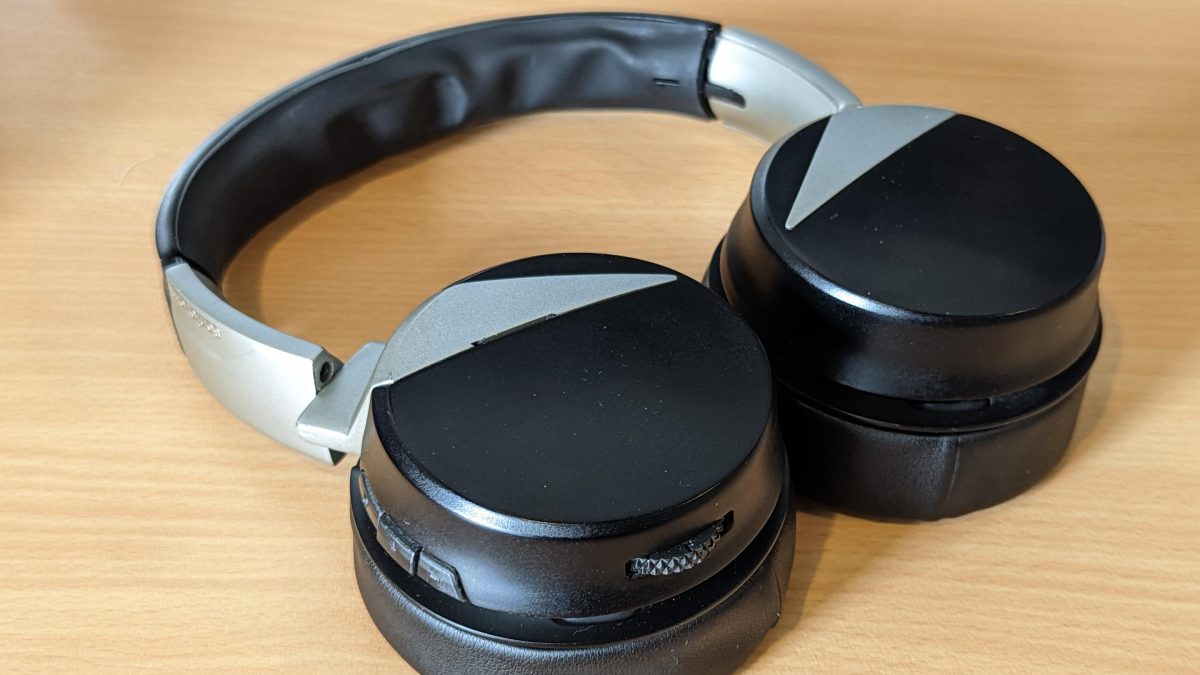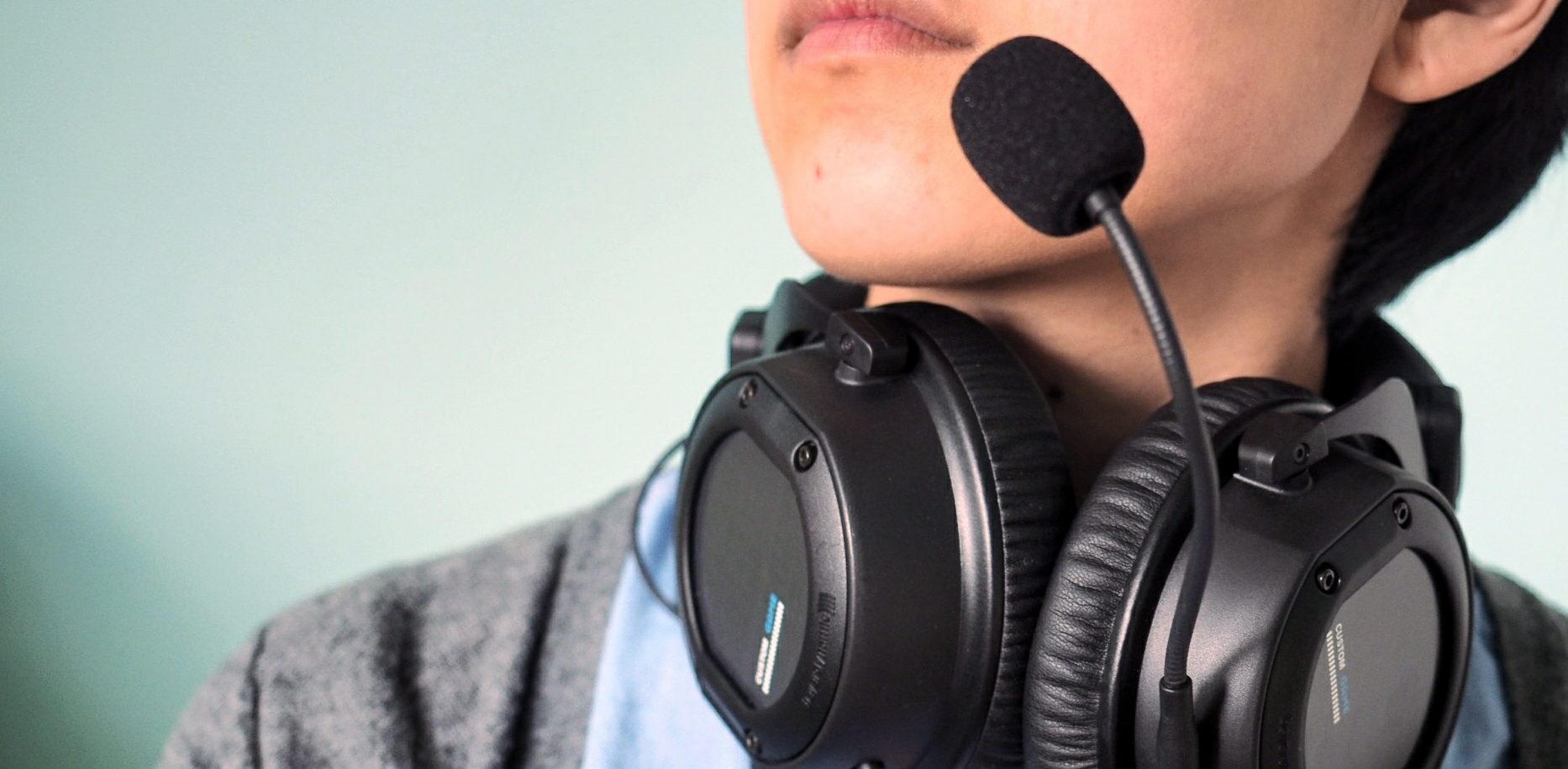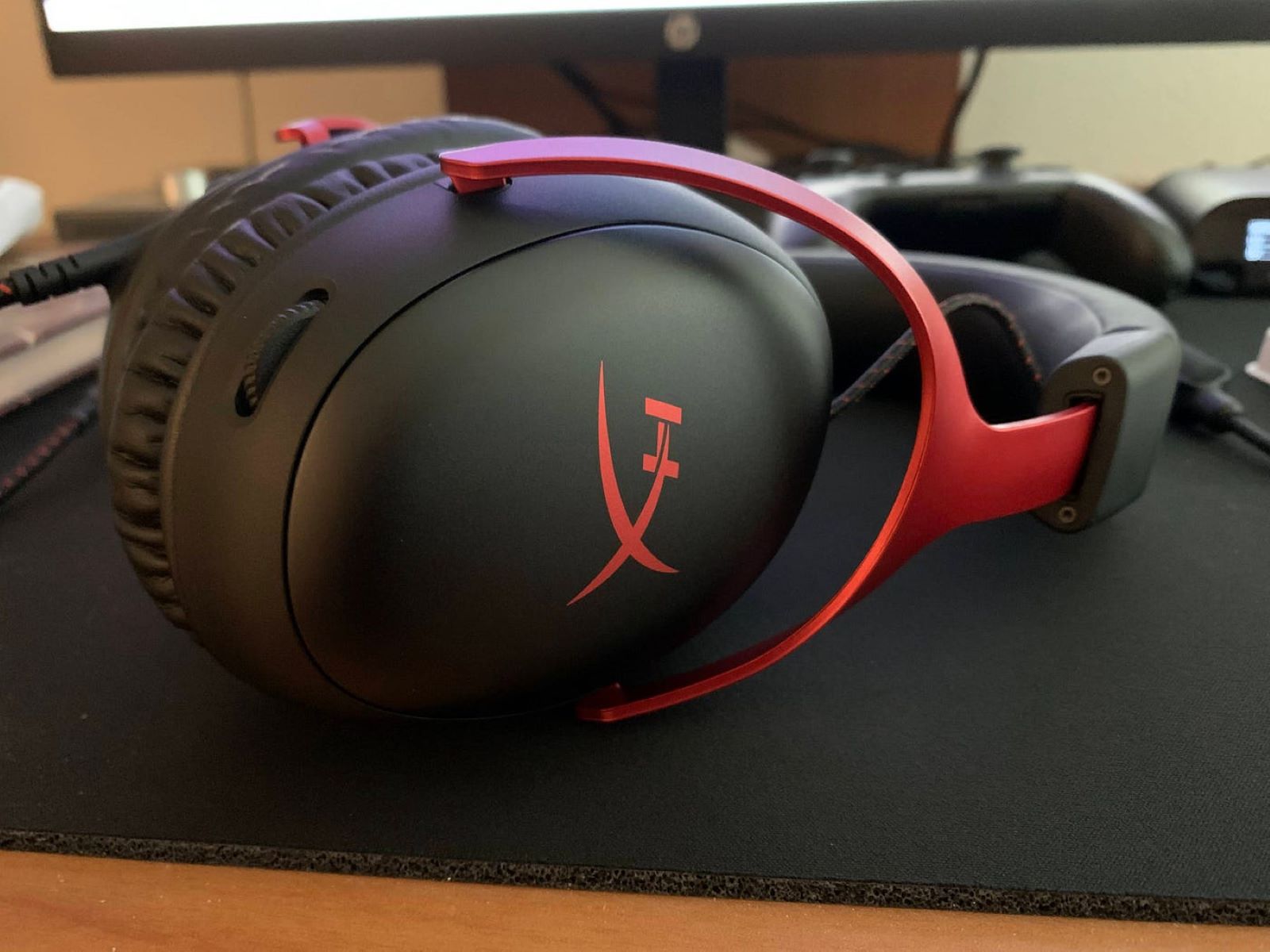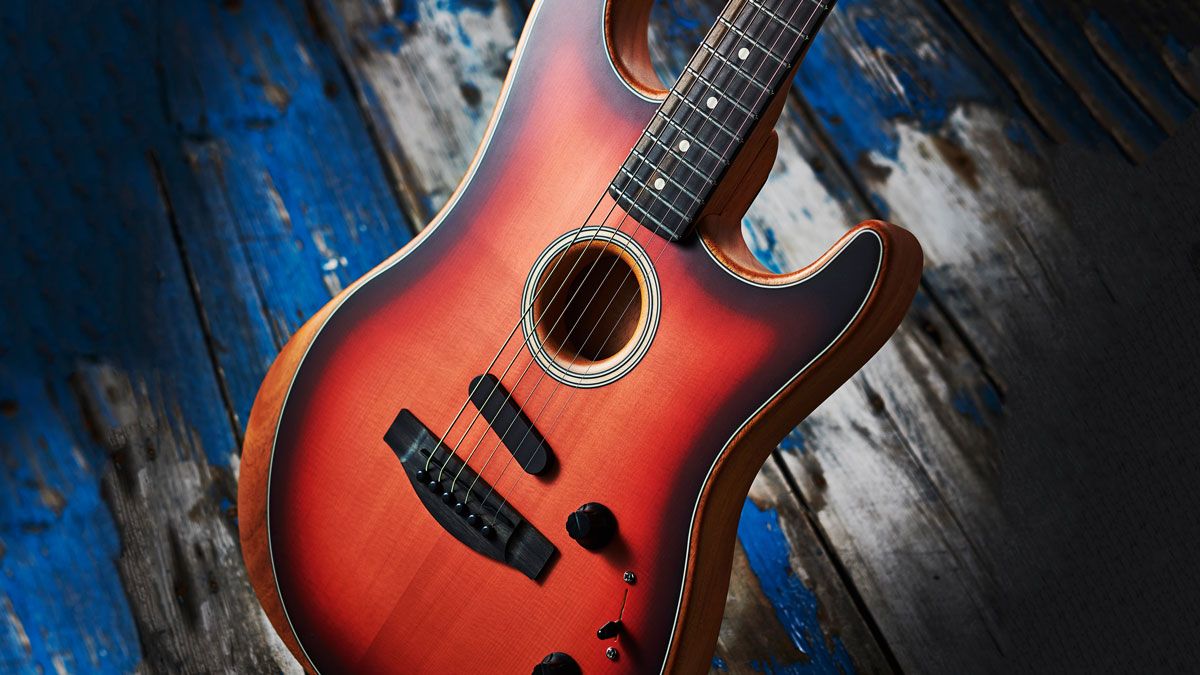Introduction
Headsets are ubiquitous in today's digital world, serving as essential tools for communication and entertainment. These compact devices have revolutionized the way we interact with our devices, enabling hands-free communication, immersive audio experiences, and seamless multitasking. In this article, we will delve into the intricate components of a headset, shedding light on the fundamental elements that make these devices indispensable in our daily lives.
From gaming enthusiasts to professionals in various industries, headsets have become indispensable companions, offering unparalleled convenience and functionality. Whether it's for making calls, participating in virtual meetings, or immersing oneself in a captivating gaming experience, headsets have transcended their humble origins to become indispensable accessories in the modern world.
As we embark on this exploration, we will dissect the two primary components that constitute the anatomy of a headset: the earpiece and the microphone. By unraveling the inner workings of these components, we aim to provide a comprehensive understanding of the technology that enables clear communication and immersive audio experiences. So, let's embark on this journey to uncover the fascinating intricacies of the headset's key components.
The Earpiece
The earpiece, also known as the headphone or earphone, is a pivotal component of a headset, playing a crucial role in delivering high-quality audio output. This compact yet sophisticated element is designed to fit comfortably over or inside the ear, providing a personalized auditory experience that ranges from crisp, clear sound reproduction to immersive, bass-rich audio for gaming and entertainment.
Speaker Drivers
At the heart of the earpiece are the speaker drivers, which are responsible for converting electrical signals into sound waves. These drivers come in various types, such as dynamic, balanced armature, and planar magnetic, each offering distinct advantages in terms of sound quality, efficiency, and size. Dynamic drivers, the most common type, utilize a diaphragm attached to a voice coil to produce sound, while balanced armature drivers are known for their precision in reproducing audio across different frequency ranges. Planar magnetic drivers, on the other hand, deliver exceptional clarity and transient response, making them popular among audiophiles and enthusiasts.
Earcup Design
The earcup, the outer casing of the earpiece, plays a critical role in shaping the sound experience. Closed-back earcups provide passive noise isolation, effectively blocking out ambient noise and enhancing the immersion in audio content. On the other hand, open-back earcups allow for a more natural soundstage, creating a spacious and airy audio experience ideal for critical listening and audio production. In addition, some headsets feature hybrid designs, combining the benefits of both closed-back and open-back earcups to cater to different usage scenarios.
Comfort and Ergonomics
Comfort is paramount when it comes to the design of earpieces. Manufacturers employ various materials, such as memory foam, plush leatherette, and breathable fabrics, to ensure prolonged wearing comfort. Adjustable headbands and swiveling earcups further enhance the ergonomic design, catering to a wide range of head shapes and sizes. Moreover, advancements in lightweight materials and weight distribution contribute to fatigue-free usage, allowing users to enjoy extended listening sessions without discomfort.
Connectivity and Controls
Modern earpieces are equipped with intuitive controls and versatile connectivity options. From integrated touch controls and tactile buttons to voice commands and gesture recognition, users can effortlessly manage audio playback, adjust volume, and interact with voice assistants. Furthermore, wireless earpieces utilize Bluetooth technology for seamless connectivity with smartphones, tablets, and other compatible devices, offering the freedom of movement without being tethered by cables.
In essence, the earpiece stands as a testament to the marriage of engineering precision and user-centric design, delivering an immersive audio experience that transcends boundaries. Its evolution continues to redefine the way we perceive and engage with sound, setting new benchmarks for audio fidelity, comfort, and versatility in the realm of headsets.
The Microphone
The microphone is a fundamental component of a headset, empowering users to communicate clearly and effectively in various scenarios, ranging from professional meetings to online gaming sessions. This unassuming yet powerful element is engineered to capture and transmit vocal nuances with exceptional accuracy, ensuring that every word is conveyed with utmost clarity and precision.
Types of Microphone
Headsets feature different types of microphones, each tailored to specific usage scenarios and environmental conditions. The most common types include:
-
Boom Microphone: Positioned near the user's mouth, the boom microphone is designed for hands-free communication, offering excellent noise isolation and vocal clarity. Its adjustable and flexible arm allows for precise positioning, ensuring optimal voice capture while minimizing background noise.
-
In-Line Microphone: Integrated into the headset cable, in-line microphones are compact and discreet, making them ideal for casual calls and voice commands. While they may not offer the same level of noise isolation as boom microphones, they provide convenient communication capabilities for everyday use.
-
Dual Microphone Array: Some advanced headsets incorporate dual microphone arrays to enhance voice pickup and noise cancellation. By strategically positioning multiple microphones, these systems can effectively isolate the user's voice while suppressing ambient noise, resulting in crystal-clear communication even in challenging acoustic environments.
Noise Cancellation and Voice Enhancement
Modern headset microphones are equipped with noise-canceling technology, which intelligently filters out background noise, ensuring that the user's voice takes center stage during conversations or voice commands. This feature is particularly valuable in bustling environments, where ambient sounds can detract from the clarity of communication. Additionally, voice enhancement algorithms further refine vocal quality, accentuating speech intelligibility and articulation.
Connectivity and Compatibility
Microphones in contemporary headsets are designed to seamlessly integrate with a wide array of devices, including smartphones, laptops, gaming consoles, and other communication platforms. Whether utilizing traditional analog connections or leveraging digital interfaces such as USB or wireless protocols, these microphones offer universal compatibility, enabling users to engage in conversations across diverse platforms without any technical constraints.
Durability and Reliability
The durability of headset microphones is a crucial consideration, especially for individuals who rely on these devices for professional communication or gaming. Manufacturers employ robust materials and meticulous engineering to ensure that the microphone components withstand daily use and maintain consistent performance over extended periods. This commitment to reliability underscores the pivotal role of microphones in facilitating uninterrupted communication and collaboration.
In essence, the microphone serves as the conduit for vocal expression and interaction, embodying the convergence of precision engineering and communicative prowess. Its evolution continues to redefine the landscape of audio communication, setting new benchmarks for intelligibility, adaptability, and resilience in the realm of headsets.
Conclusion
In conclusion, the anatomy of a headset unveils a captivating fusion of technological innovation and user-centric design, culminating in devices that transcend conventional audio and communication boundaries. The earpiece, with its intricate speaker drivers, ergonomic earcup design, and versatile connectivity options, embodies the pursuit of audio excellence and user comfort. Its evolution continues to redefine the way we perceive and engage with sound, setting new benchmarks for audio fidelity, comfort, and versatility in the realm of headsets.
Similarly, the microphone, with its diverse types, noise-canceling capabilities, universal compatibility, and unwavering reliability, stands as a testament to the seamless integration of cutting-edge audio technology and the imperative for clear and effective communication. It serves as the conduit for vocal expression and interaction, embodying the convergence of precision engineering and communicative prowess.
As technology advances and consumer demands evolve, the components of headsets will undoubtedly undergo further refinement, ushering in an era of even more immersive audio experiences and seamless communication capabilities. The ongoing pursuit of audio excellence, comfort, and adaptability underscores the pivotal role of headsets in our interconnected world, where effective communication and immersive audio experiences are indispensable.
In essence, the exploration of a headset's components not only illuminates the intricacies of their engineering but also underscores their profound impact on our daily lives. From professional environments that demand crystal-clear communication to leisure activities that beckon immersive audio experiences, headsets have become indispensable companions, enriching our interactions and augmenting our auditory experiences.
As we embrace the future of headset technology, we can anticipate further advancements that will elevate the audio and communication landscape, empowering users with unparalleled clarity, comfort, and versatility. The journey to unravel the anatomy of a headset is a testament to the relentless pursuit of audio excellence and effective communication, encapsulating the harmonious interplay of technology and human-centric design in these indispensable devices.

























